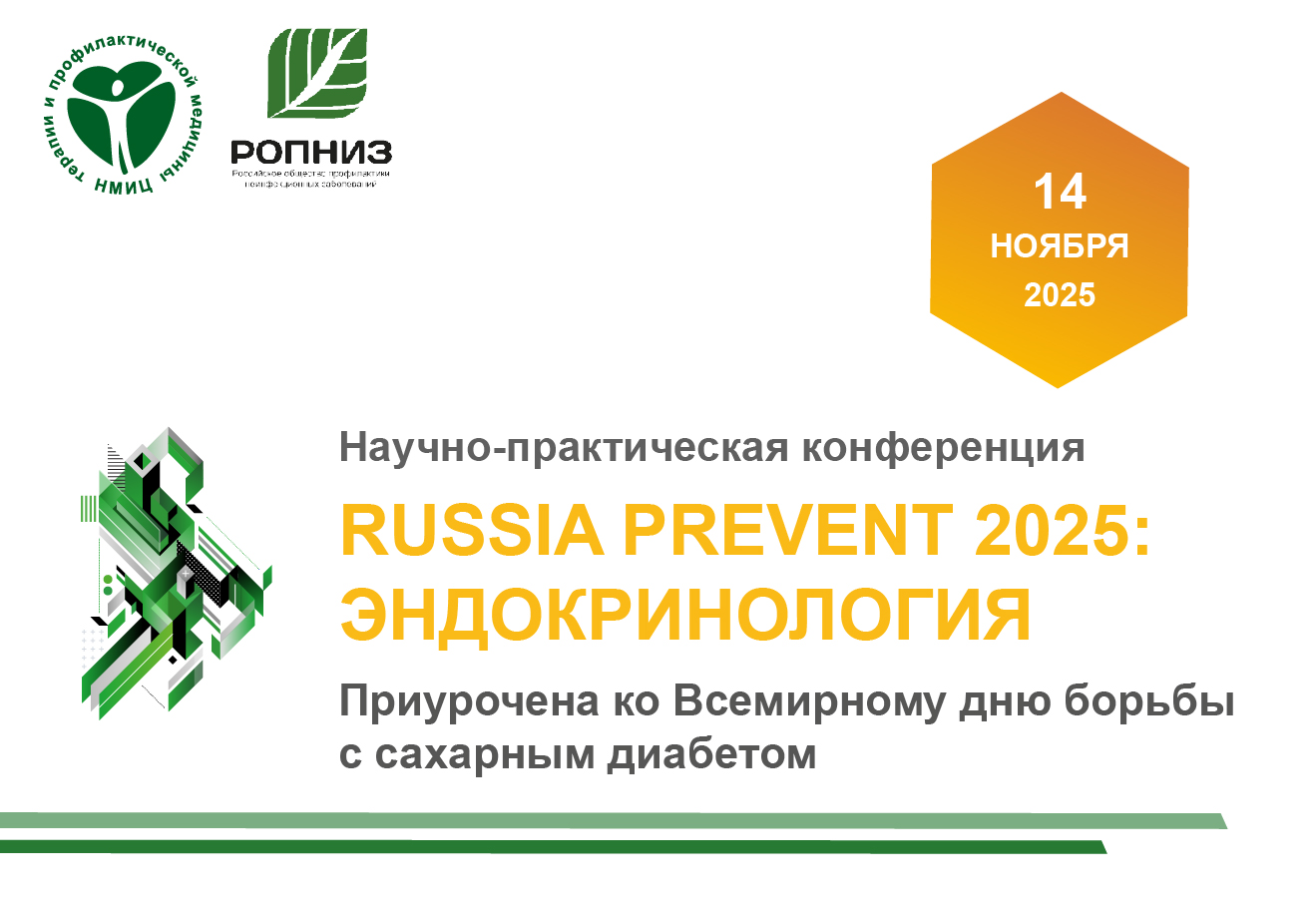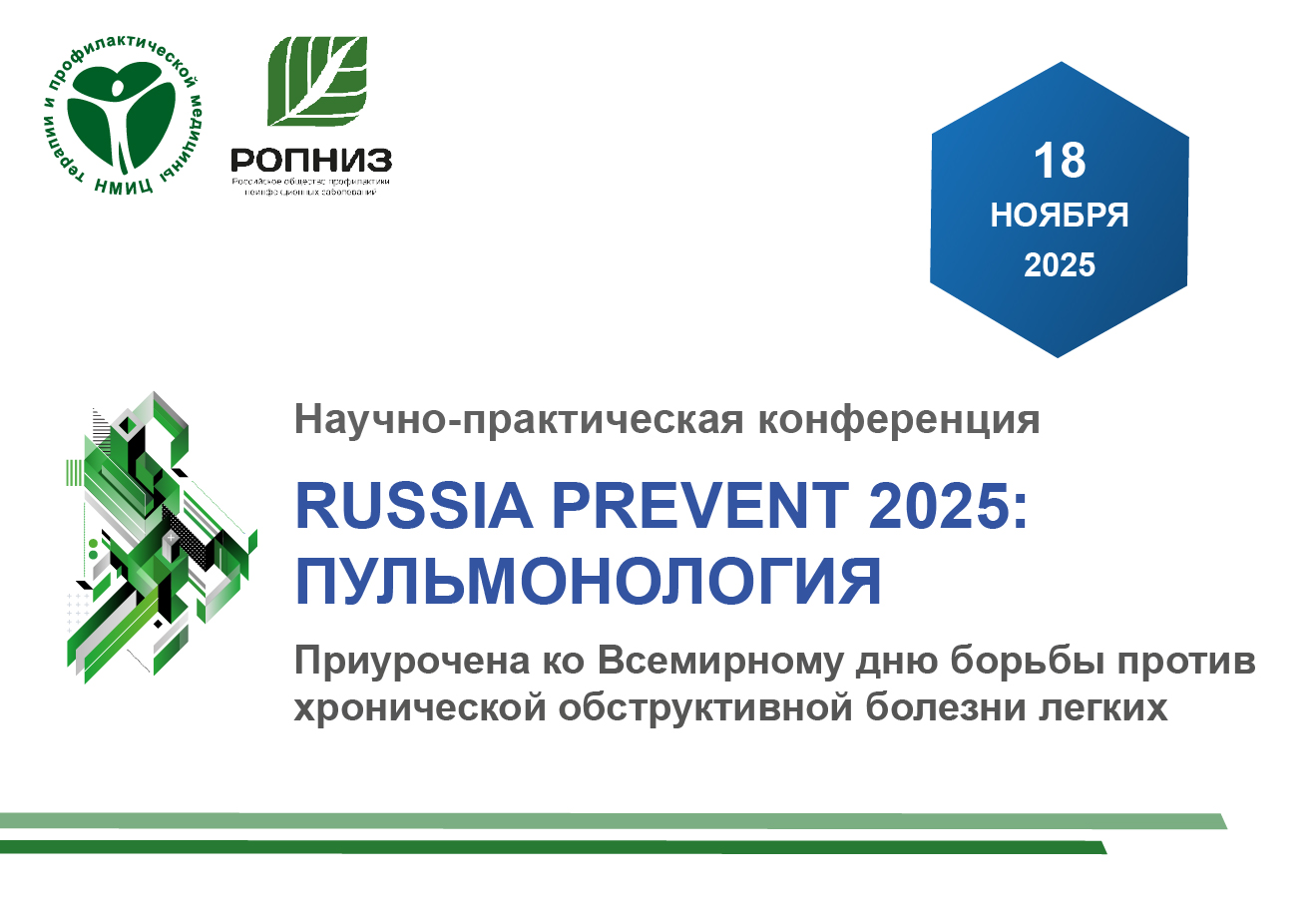Prognostic algorithms for the progression of chronic heart failure depending on the clinical phenotype
https://doi.org/10.15829/1728-8800-2019-3-41-47
Abstract
Aim. To develop a mathematical equation (algorithm) to predict the development of chronic heart failure (CHF) for three years, depending on the clinical phenotype.
Material and methods. Three hundred forty five patients with CHF with a different left ventricular ejection fraction (preserved, mean, low) were examined. The control group included somatically healthy individuals (n=60). In all patients, 48 parameters that most widely characterize the pathogenesis of CHF (gender-anamnestic, clinical, instrumental, biochemical) were analyzed. To isolate phenotypes, dispersive and cluster analysis was used: the hierarchical classification method and the k-means method. In the development of algorithms we used binary logistic regression method. We used ROC curve to assess the quality of the obtained algorithms.
Results. We identified four phenotypes in patients with CHF: fibro-rigid, fibro-inflammatory, inflammatory-destructive, dilated-maladaptive. For the first three phenotypes, a mathematical logistic regression method was used to develop mathematical models for predicting the progression of CHF for three years, with the release of predictors for each phenotype. Belonging to the dilatedmaladaptive phenotype according to the results of the analysis is already an indicator of an unfavorable prognosis in patients with CHF.
Conclusion. The developed algorithms based on the selected phenotypes have high diagnostic sensitivity and specificity and can be recommended for use in clinical practice.
About the Authors
E. A. PoluninaRussian Federation
Astrakhan
L. P. Voronina
Astrakhan
E. A. Popov
Astrakhan
I. S. Belyakova
Astrakhan
O. S. Polunina
Astrakhan
D. S. Tarasochkina
Astrakhan
References
1. Mareev YV, Mareev VY. Characteristics and treatment of hospitalized patients with CHF. Kardiologiia. 2017;57(4S):19-30. (In Russ.) doi:10.18087/cardio.2433.
2. Nadar SK, Shaikh MM. Biomarkers in Routine Heart Failure Clinical Care. Card Fail Rev. 2019;5(1):50-6. doi:10.15420/cfr.2018.27.2.
3. Osipova OA, Nagibina AI, Komisov AA, et al. Pathomorphological mechanisms for regulation of myocardial fibrosis formation in patients with chronic heart failure with underlying ischemic heart disease. Russian Heart Failure Journal. 2016;17(5(98)):357-64. (In Russ.) doi:10.18087/RHFJ.2016.5.2137.
4. Drapkina OM, Shepel RN, Deeva TA. Prognostic significance of galectin-3 level assessment in metabolic syndrome patients with heart failure. Cardiovascular Therapy and Prevention. 2017;16(6):82-6. (In Russ.) doi:10.15829/1728-8800-2017-6-82-86.
5. Martynovich TV, Akimova NS, Fedotov EA, et al. Gene polymorphism in association with atherosclerosis development and cognition disorders in patients with ischemic chronic heart failure. Cardiovascular Therapy and Prevention. 2015;14(1):30-4. (In Russ.) doi:10.15829/1728-8800-2015-1-30-4.
6. Efeovbokhan N, Bhattacharya SK, Ahokas RA, et al. Zinc and the prooxidant heart failure phenotype. J Cardiovasc Pharmacol. 2014;64(4):393-400. doi:10.1097/FJC.0000000000000125.
7. Samson R, Jaiswal A, Ennezat PV, et al. Clinical Phenotypes in Heart Failure With Preserved Ejection Fraction. J Am Heart Assoc. 2016;5(1):pii:e002477. doi:10.1161/JAHA.115.002477.
8. Mareev VYu, Fomin IV, Ageev FT, et al. Clinical guidelines. Chronic heart failure (CHF). Russian Heart Failure Journal. 2017;18(1):3-40. (In Russ.) doi:10.18087/rhfj.2017.1.2346.
9. Shah AM, Solomon SD. Phenotypic and pathophysiological heterogeneity in heart failure with preserved ejection fraction. Eur Heart J. 2012;33(14):1716-7. doi:10.1093/eurheartj/ehs124.
10. Iorio A, Pozzi A, Senni M. Addressing the Heterogeneity of Heart Failure in Future Randomized Trials. Curr Heart Fail Rep. 2017;14(3):197-202. doi:10.1007/s11897017-0332-1.
11. Cleland JG, Pellicori P, Dierckx R. Clinical trials in patients with heart failure and preserved left ventricular ejection fraction. Heart Fail Clin. 2014;10(3):511-23. doi:10.1016/j.hfc.2014.04.011.
12. De Keulenaer GW, Brutsaert DL. The heart failure spectrum: time for a phenotype-oriented approach. Circulation. 2009;119(24):3044-6. doi:10.1161/CIRCULATIONAHA.109.870006.
13. Douglas SL, Philimon G, Ramachandran S, et al. Relation of Disease Pathogenesis and Risk Factors to Heart Failure With Preserved or Reduced Ejection Fraction. Circulation. 2009;119:3070-7. doi:10.1161/CIRCULATIONAHA.108.815944.
14. Potabashniy VA. The phenotypes of chronic heart failure in patients with ischemic heart disease combined with chronic obstructive pulmonary disease. Medicni perspektivi. 2018;23(3):161-71. doi:10.26641/2307-0404.2018.3(part1).142364.
15. Liskova V, Stadnikov AA, Salikova SP. Gender particulars of morphological phenotypes of the right atrial appendage myocardium in patients with chronic heart failure who underwent an open heart surgery. Alman Clinic Med. 2018;46(4):355-66. doi:10.18786/2072-0505-2018-46-4-355-366.
16. Arutyunov AG, Dragunov DO, Arutyunov GP, et al. Prognostically significant clinical phenotypes of patients with circulatory decompensation in the russian federation Russian. Russian Heart Failure Journal. 2015;16(5):270-8. (In Russ.) doi:10.18087/rhfj.2015.5.2135.
17. Kao DP, Lewsey JD, Anand IS, et al. Characterization ofsubgroups of heart failure patients with preserved ejection fraction withpossible implications for prognosis and treatment response. Eur J Heart Fail. 2015;17(9):925-35. doi:10.1002/ejhf.327.
18. D’Elia E, Vaduganathan M, Gori M, et al. Role of biomarkers in cardiac structure phenotyping in heart failure with preserved ejection fraction: critical appraisal and practical use. Eur J Heart Fail. 2015;17(12):1231-9. doi:10.1002/ejhf.430.
19. Fukui M, Goda A, Komamura K, et al. Changes in collagen metabolism account for ventricular functional recovery following beta-blocker therapy in patients with chronic heart failure. Heart Vessels. 2016;31(2):173-82. doi:10.1007/s00380-0140597-1.
20. Ravassa S, Trippel T, Bach D, et al. Biomarker-based phenotyping of myocardial fibrosis identifies patients with heartfailure with preserved ejection fraction resistant to the beneficial effects of spironolactone: results from the Aldo-DHF trial. Eur J Heart Fail. 2018;20(9):1290-9. doi:10.1002/ejhf.1194.
21. Kostenko VA, Sitnikova MYu, Skorodumova EA, et al. New Scale for Assessment of Prognosis of Survival for Two Years After Hospitalization Because of Acute Decompensation of Heart Failure. Kardiologiia. 2017;57(6):33-9. (In Russ.) doi:10.18565/cardio.2017.6.33-39.
22. Shlyakhto EV, Sitnikova MYu, Lelyavina TA, et al. Currentalgorithms for evaluation of prognosis in patients with CHF. Comparative characteristics of BNP — age-related modEl of SurVivAl (NEVA-75) and Seattle Heart Failure Model in patients aged 75–85 years. Russian Heart Failure Journal. 2009;10(1):4-7. (In Russ.) doi:10.18087/rhfj.2009.1.1153.
23. Prokopova LV, Sitnikova MYu. Calculator “Available prognosis”: Method of evaluation for predicting survival of patients with chronic heart failure and reduced left ventricular ejection fraction. Kardiologiia. 2018;58(S5):30-6. (In Russ.)doi:10.18087/cardio.2438.
Review
For citations:
Polunina E.A., Voronina L.P., Popov E.A., Belyakova I.S., Polunina O.S., Tarasochkina D.S. Prognostic algorithms for the progression of chronic heart failure depending on the clinical phenotype. Cardiovascular Therapy and Prevention. 2019;18(3):41-47. (In Russ.) https://doi.org/10.15829/1728-8800-2019-3-41-47

























































